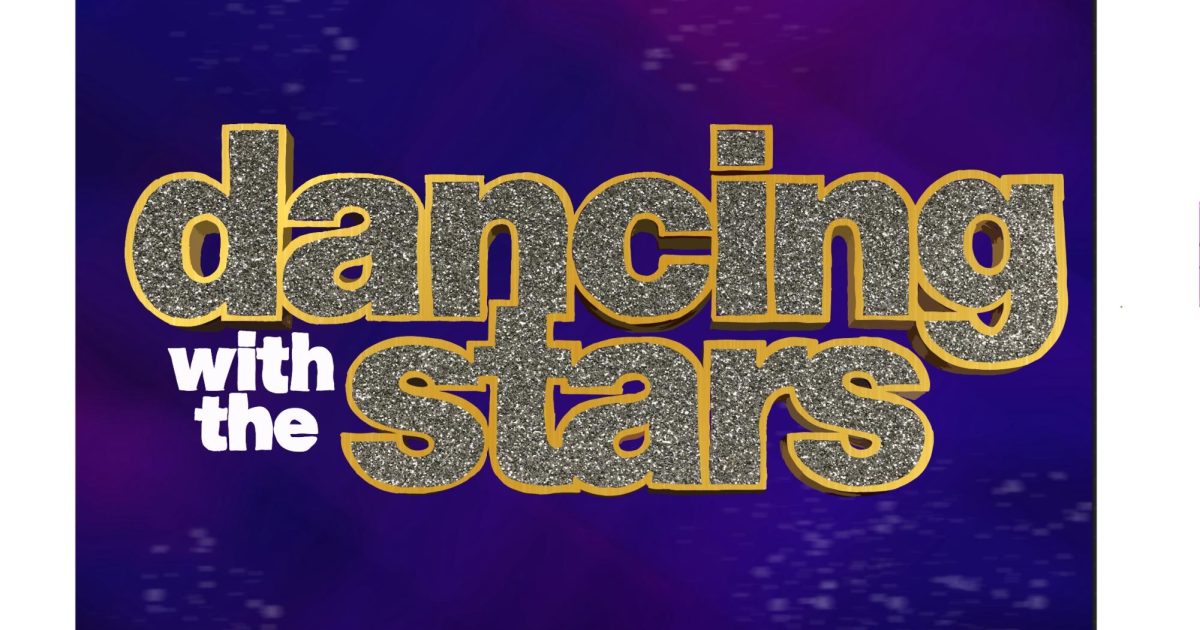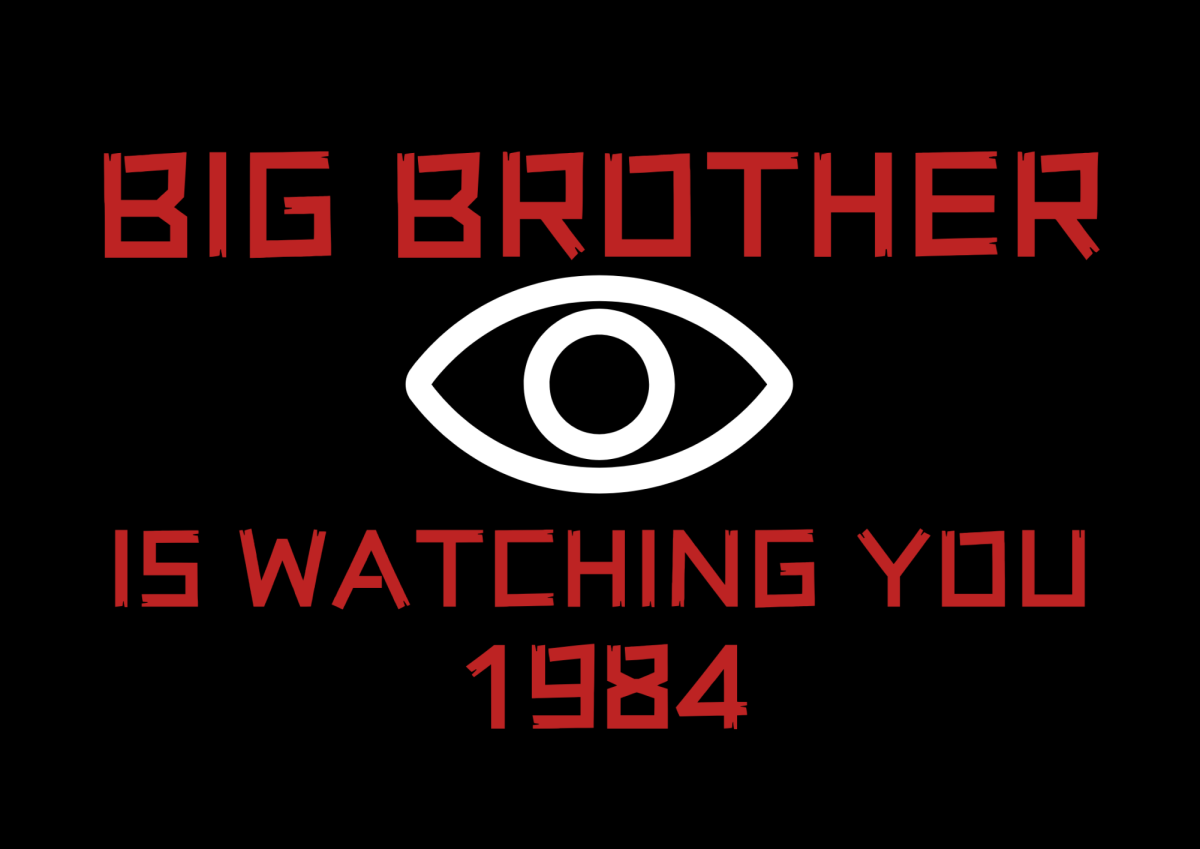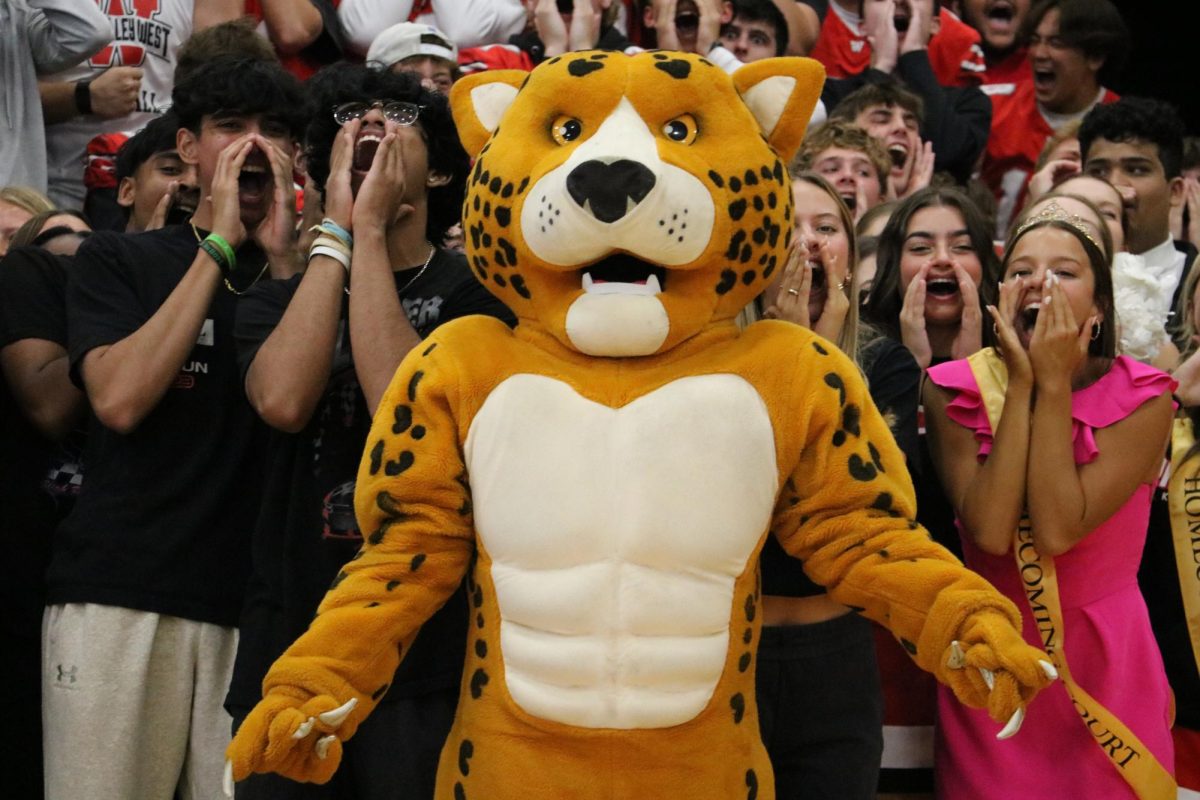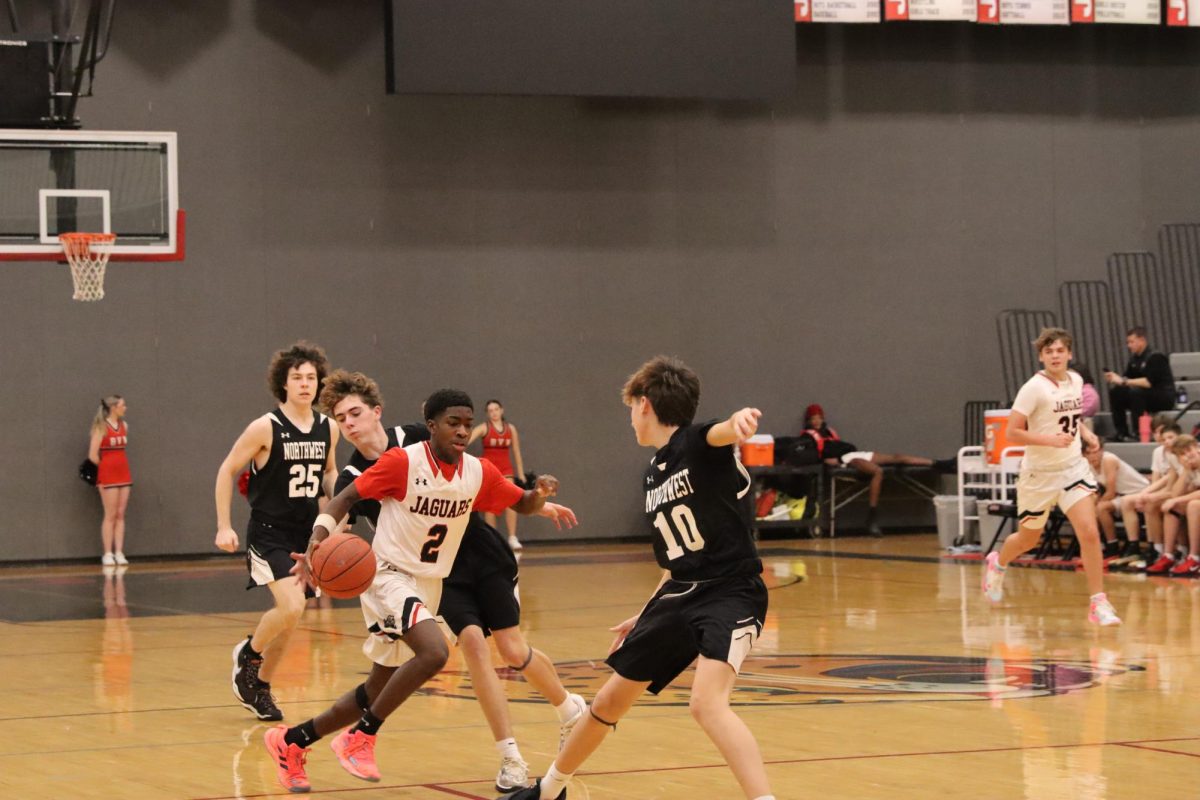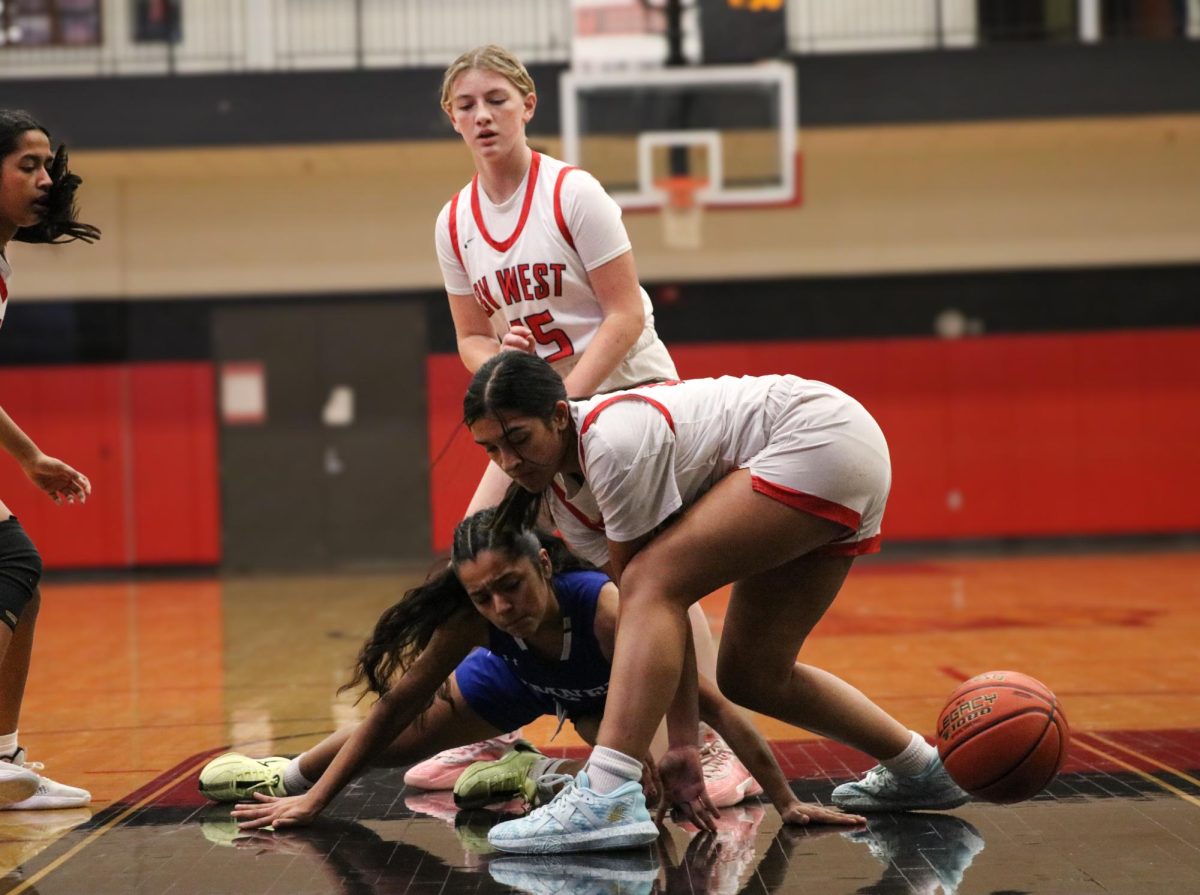Student Loan Crisis
Rising cost of college forces students to reconsider future
December 17, 2019
The word “college” usually excites seniors. The idea of living away from home and socializing with new people leaves many high school students fantasizing about their first day at university. However, the dream of college often does not match the reality. Behind the vibrant and glossy college brochures lies a perilous pitfall: student loan debt.
Earning a college degree has become normalized in society, especially within the Johnson County “bubble”. It’s almost expected that a BV West graduate will go to college after high school. However, the cost of a college degree is quickly becoming out of reach for many families. The price of tuition, room, board, books and other fees continues to skyrocket year after year. Even the public state universities, which were once viewed as a cheaper option, have surged in cost. According to the U.S. Department of Education, the average in-state cost to attend Kansas State University is approximately $24,000 per year, while the University of Kansas stands at approximately $25,000 per year. Due to the immense price of pursuing higher education, more students find themselves resorting to student loans to cover their dues.
Student loans are sums of money that students borrow to pay for their education, and students have the option to take out either federal or private loans. As defined by SallieMae.com, federal loans are funded by the government, while private loans are funded by banks, credit unions or other organizations. Both loans require the student to pay back all of the money they borrowed, and the student must also pay interest. Interest is the cost of borrowing money from a lender.
While it is a deceivingly simple process, borrowing student loans has spiraled out of control. According to the Harvard Business Review, the total amount of student loan debt in America has accumulated to $1.6 trillion. This amount even exceeds that of car loans and credit card debt. Tremendous debt is burdening college graduates, as they are unable to reach a sense of financial stability with the weight of student loan payments on their backs. According to a survey taken by the Spotlight staff, 79% of the staff views the mass amount of student debt and its effect on college graduates as a major issue.
Among the Spotlight staff, 50% of the people have someone in their household who carries student loan debt. Another 58% know a friend with student loan debt, and 86% are planning on taking out student loans so that they are able to attend college. It is clear that the issue of student loans is not a minor concern, but that it is affecting a vast number of people; even people within the bubble.
BV West alumna Holly Arend, class of 2018, recently experienced the harsh reality of student loan debt. Arend chose to study at the University of Oregon during the 2018-2019 school year. She relied on student loans to pay for a portion of the steep out-of-state cost of attendance, which is approximately $48,000 per year.
“I attended an out-of-state school to experience more in my field as well as grow as a person. I wanted to take time to learn to live on my own,” Arend said. “I was actually able to save up and pay for my first quarter of my freshman year, which was approximately $17,000. However, as tuition soared I became unable to pay [the remaining cost] so I took out loans.”
Arend admits that the accumulation of student loan debt took a toll on herself and her fellow students.
“[Taking out student loans] made me quite anxious. I even had friends transfer or drop out because of how intense tuition got and how many loans they were having to take out.”
Due to her experience with managing student loans, Arend encourages high school students to think about whether pursuing higher education is truly something that they want to invest in.
“The amount of student debt in America is insane. It definitely makes college something you have to think about and if it would be beneficial for you long-term,” Arend said.
It’s not that college is not valuable; it can be. But it holds the most value only when a college degree is absolutely necessary for a person to pursue a particular career.
AP Economics teacher Lauren Garcia explains when she thinks college is truly worth the cost.
“There are some degrees that require a college education. Often those are things with certificates, for example, medicine, teaching, accounting. Those types of things require a college education. So if that’s something students want to do, certainly there is a tremendous value in it,” Garcia said. “Where there’s not as much value is getting a college degree just for the sake of having a degree or pursuing a degree and not finishing it. That may be of less value because you’re just paying to explore career paths.”
Garcia also recognizes the value of other career paths that don’t require a student to depend upon a large amount of student loans to afford. Options such as online classes and vocational schools can lead to viable and noteworthy careers.
“As families and young adults look at wanting to take out loans, [the student] may decide that they want to do something else. For example, you can take classes [at a college] and take a test to get your real estate license. You can also take those classes online, and take a test and get your real estate license, and never need to go to college,” Garcia said. “Sometimes there are people that go to college and become realtors, and maybe they use their college contacts and relationships to parlay that into a career in real estate. But the reality is that does not need a college education. Same with trade schools, and same with cosmetology. There’s a lot of very high-earning careers that don’t require college. I think that online classes are a way to get there.”
Although she advocates for the merit of alternative career tracks, Garcia acknowledges that many students must attend college and receive a degree for their intended career. However, she advises students to carefully consider the financial aspect of higher education.
“Only about 60% of Blue Valley West graduates graduate from college within 6 years. So lots of Blue Valley West kids are enrolling and not finishing. That goes back to making sure you have a degree and a career path that you think you can finish, and also making sure that you’re only going if that’s what you really want to do,” Garcia said. “My other big thing is that you don’t have to go to big, fancy, expensive schools to be successful. Those schools are very expensive. If you spend all that money on that undergraduate degree, you better hope that you’re going to command a huge salary when you graduate.”
Garcia also urges students to look past the cost of their undergraduate degree and consider other possible future expenses, such as graduate school.
“My final piece of advice to students is, if they think they are going to go on to graduate school, so if they want to go to law school or medical school, or get a master’s degree to become an accountant or a teacher, do not spend a lot of money on an undergraduate degree,” Garcia said. “You’re going to take out more loans for your graduate degree. So why would you try to go to a $50,000 a year undergraduate school and then have to take out more money after that? I would suggest getting the cheapest, good undergraduate program that you can find, and then spend your money where it counts more, which is in graduate school.”
93% of the Spotlight staff said that student loans are affecting where they plan to go to college. Although it is an unfortunate reality, students need to consider how student loans fit in to their future. Unless a student and their family can afford it, a student should not take out $60,000 per year in student loans just to receive a college degree from a more prestigious school. Students should try to avoid the rabbit hole of student debt if at all possible; after all, as long as the school is accredited, a college degree is a college degree no matter where a student attends college.


